This article was medically reviewed by Luba Lee, FNP-BC, MS. Luba Lee, FNP-BC is a Board-Certified Family Nurse Practitioner (FNP) and educator in Tennessee with over a decade of clinical experience. Luba has certifications in Pediatric Advanced Life Support (PALS), Emergency Medicine, Advanced Cardiac Life Support (ACLS), Team Building, and Critical Care Nursing. She received her Master of Science in Nursing (MSN) from the University of Tennessee in 2006.
There are 16 references cited in this article, which can be found at the bottom of the page.
wikiHow marks an article as reader-approved once it receives enough positive feedback. This article received 22 testimonials and 91% of readers who voted found it helpful, earning it our reader-approved status.
This article has been viewed 1,110,097 times.
Do you often find yourself a victim of chest pain, shortness of breath, or headaches? Are you perhaps considered at high risk for a heart attack? Follow these tips to improve your blood circulation throughout your body and lower your risk of a heart attack.
Steps
Increasing Physical Activity
-
1Walk regularly. Going for walks after meals can help increase circulation and aid your digestive system in doing its job. Walking at least 30 minutes each day is recommended.[1]
- If you have a peripheral vascular disease, such as varicose veins, make sure that you wear supportive undergarments, such as compression hosiery, stockings, or bandages. Your doctor can recommend the best option for you.[2]
-
2Exercise whenever you can. Anything that aids in general fitness should boost your circulation. When you work out, try both:[3]
- Cardiovascular training. Swimming, biking, running, playing sports, etc. Aerobic activity will improve heart and blood vessel function.
- Strength training. Strength training (lifting weights) will help you build muscle, which in turn increases the effectiveness of cardiovascular and lymph circulation.
- Every hour, get up and try 3 to 5 minutes' worth of stretching or small exercise. This is especially handy if you're at a desk all day and barely get a chance to walk around. Try doing little arm circles, touching your hands to your toes, kicking out your feet, or performing small, slow jumping jacks (enough to get your heart rate up).
Advertisement -
3Get a massage. Massage, like exercise, increases local circulation by stimulating blood flow in the soft tissue. Many studies point to the overall effectiveness of massage in stimulating healing.[4]
- Read this article on how to deskercise, or exercise while sitting at your desk. It should help improve circulation if you can't find the time to do proper exercises.
- Although some studies support the use of massage for circulation, more research needs to be done to determine whether it is effective.[5]
-
4Put your feet up. Elevating your legs is a great way to increase your circulation and relax at the same time. It also reduces the chance of varicose veins, which are caused by high blood pressure or simply standing for extended periods of time.[6]
-
5Vary your temperature while in the shower. Switch between hot water and cold water. This is called a contrast shower, and it helps improve your circulation by affecting how your veins expand and contract. Hot water causes your blood vessels to open up and increases your circulation, while cold water narrows your blood vessels.[7]
- If you take contrast showers regularly, they can help your circulation system become more pliable, improving circulation.
- Although some studies support the use of hydrotherapy for increasing blood flow, more research needs to be done to determine whether it is effective.
Making Lifestyle Changes
-
1Eat healthy foods and avoid unhealthy foods. Eat fruits, vegetables, whole grains, lean proteins, and healthy fats (found in fish oil, olive oil, nuts, and seeds). Stay away from overly processed foods, foods with excessive sugar or salt, and foods with unhealthy fats (saturated and trans fats).[8]
-
2Drink right. Drink enough water during the day so that your organs don't have to fight to produce energy and perform their daily functions. You don't have to drink liters upon liters a day, but you should drink water when you're thirsty.[9]
- Cut out the caffeine. If you can't live without it, at least minimize your intake. For instance, if you usually have two cups of coffee in the morning, have one instead. Or if you buy your coffee from a cafe somewhere, try switching to decaf or taking your coffee down one size.[10]
- Reduce or cut out alcohol and other sugary drinks from your diet. Sodas and overly sweet drinks do not improve your circulation and have especially deleterious health effects. If you enjoy having a drink, 1 glass of red wine may improve circulation, but more will stress your system.[11]
-
3Try taking a hot bath or doing other heat treatments. Draw up a nice warm bath (with or without Epsom salts, which are healing mineral salts) and relax for 20 to 30 minutes. Fill up hot water bottles, cover if necessary to avoid burns and place on extremities to boost blood flow.
-
4Quit smoking, if applicable. Not only is smoking bad for your health, it also affects your circulation. Nicotine usage is among the leading causes of circulation problems.[12]
-
5
Knowing When to See a Doctor
-
1Know if it's bad. Be able to spot when your body is having trouble pumping its blood. Signs that your circulation is less than ideal include:
- Varicose veins.[15]
- Tingling in the feet and hands
- Cold extremities (fingers and toes)
- Bluish-tinted skin
- Slow healing times for wounds
-
2Talk to your doctor about possibly enhancing circulation through supplements. Your doctor may be able to prescribe or point you in the direction of certain supplements that, in healthy doses, may improve blood circulation.
- One study suggests that a combination supplement of green tea, astralagus, goji berry extracts, Lactobacillus fermentum, antioxidant ellagic acid, and other vitamins, available OTC, helps increase overall levels of hematopoietic stem cells.[16]
Expert Q&A
-
QuestionHow do I improve my circulation in the winter?
 Luba Lee, FNP-BC, MSLuba Lee, FNP-BC is a Board-Certified Family Nurse Practitioner (FNP) and educator in Tennessee with over a decade of clinical experience. Luba has certifications in Pediatric Advanced Life Support (PALS), Emergency Medicine, Advanced Cardiac Life Support (ACLS), Team Building, and Critical Care Nursing. She received her Master of Science in Nursing (MSN) from the University of Tennessee in 2006.
Luba Lee, FNP-BC, MSLuba Lee, FNP-BC is a Board-Certified Family Nurse Practitioner (FNP) and educator in Tennessee with over a decade of clinical experience. Luba has certifications in Pediatric Advanced Life Support (PALS), Emergency Medicine, Advanced Cardiac Life Support (ACLS), Team Building, and Critical Care Nursing. She received her Master of Science in Nursing (MSN) from the University of Tennessee in 2006.
Board-Certified Family Nurse Practitioner There are several ways to improve your circulation during winter time. You could try exercising, using a sauna, drinking warm beverages, eating warming foods like soup, using warming spices like ginger, taking contrast showers, massaging yourself, and wearing layers of clothes to keep warm. You don't have to do all of these things! Just choose a few options that work best for you.
There are several ways to improve your circulation during winter time. You could try exercising, using a sauna, drinking warm beverages, eating warming foods like soup, using warming spices like ginger, taking contrast showers, massaging yourself, and wearing layers of clothes to keep warm. You don't have to do all of these things! Just choose a few options that work best for you.
References
- ↑ https://www.health.harvard.edu/heart-health/exercise-and-your-arteries
- ↑ https://www.ncbi.nlm.nih.gov/pmc/articles/PMC4081237/
- ↑ https://medlineplus.gov/benefitsofexercise.html
- ↑ http://www.ncbi.nlm.nih.gov/pmc/articles/PMC1071543/
- ↑ https://www.sciencedaily.com/releases/2014/04/140416125434.htm
- ↑ https://www.uofmhealth.org/health-library/hw113606
- ↑ https://www.ncbi.nlm.nih.gov/pmc/articles/PMC4049052/
- ↑ http://www.mayoclinic.com/health/fat/NU00262
- ↑ https://www.cdc.gov/healthyweight/healthy_eating/water-and-healthier-drinks.html
- ↑ https://www.mayoclinic.org/healthy-lifestyle/nutrition-and-healthy-eating/in-depth/caffeine/art-20045678
- ↑ https://www.sciencedaily.com/releases/2008/02/080212174615.htm
- ↑ https://www.nhlbi.nih.gov/health-topics/smoking-and-your-heart
- ↑ https://www.urmc.rochester.edu/encyclopedia/content.aspx?ContentTypeID=1&ContentID=2171
- ↑ https://www.helpguide.org/articles/stress/stress-management.htm
- ↑ https://www.nhlbi.nih.gov/health-topics/varicose-veins
- ↑ http://www.news-medical.net/news/20100408/Nutritional-supplement-can-increase-blood-circulation-of-hematopoietic-stem-cells.aspx
About This Article
One way to improve your blood circulation is by increasing your daily physical activity. One easy way to do this is to stand up and stretch for a few minutes every hour throughout the day to get your heart rate up. You can try doing arm circles, touching your hands to your toes, or simply walking around. You should also try to do cardiovascular training like swimming, biking, or running a few times a week to improve your circulation. If you aren’t able to exercise regularly, try taking the stairs or parking a few blocks away from your destination to get your heart rate up and improve your blood flow. To learn how to tell when it’s time to see a doctor for your circulation problems, read more from our Nurse co-author.
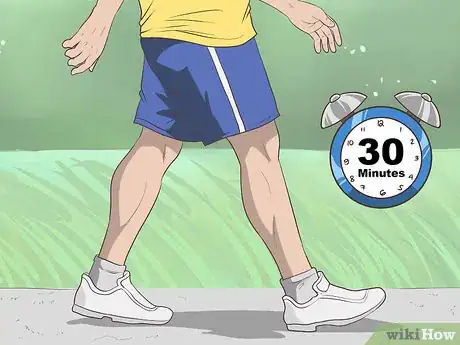
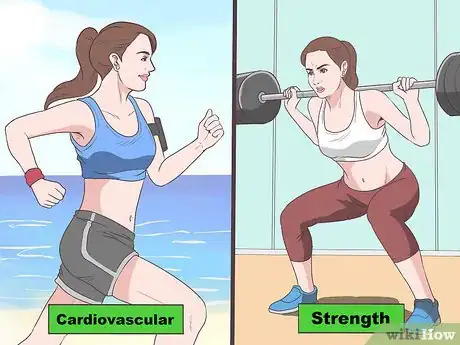
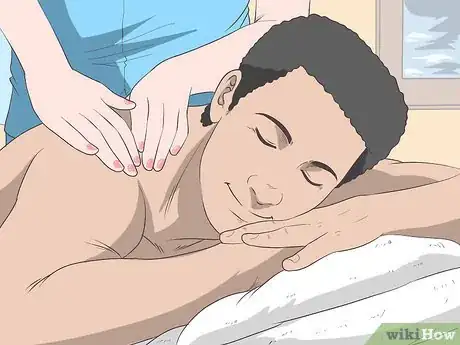
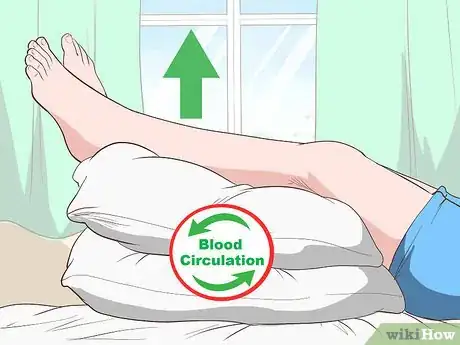
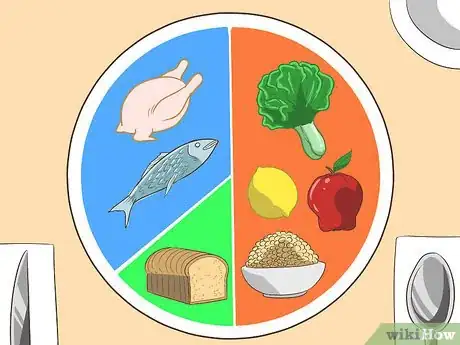
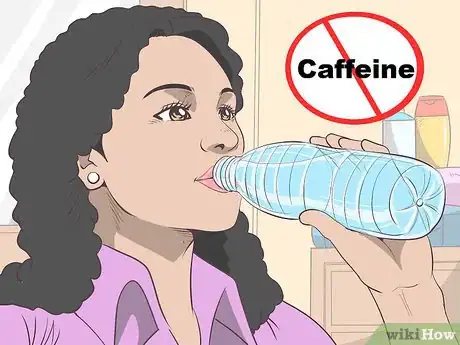

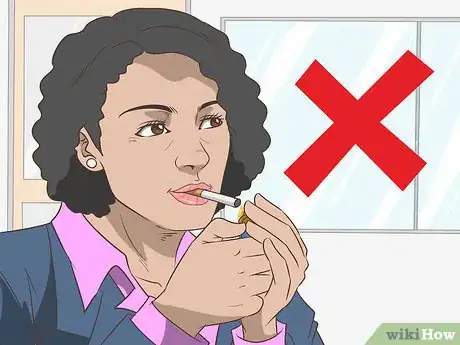
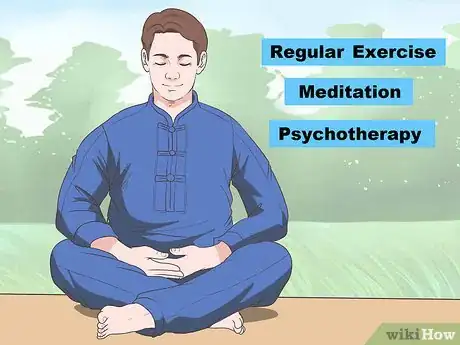
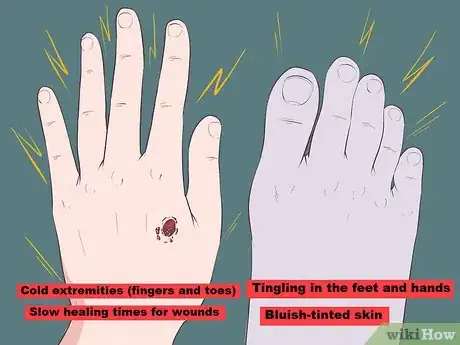
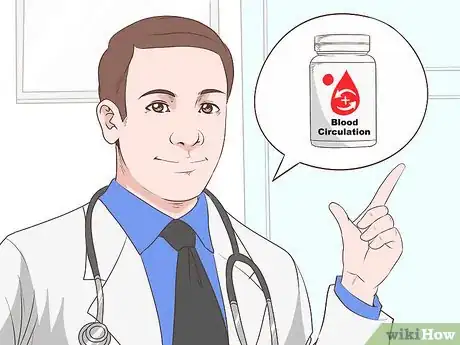


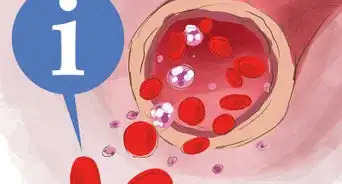
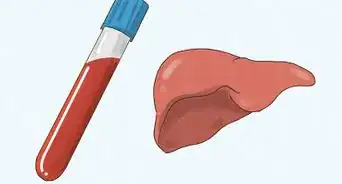

-Step-14-Version-2.webp)


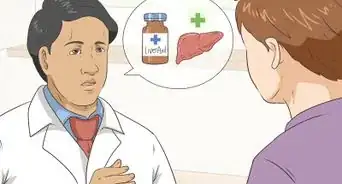




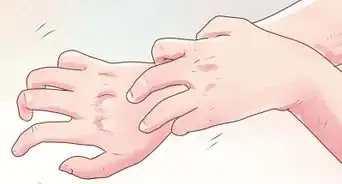












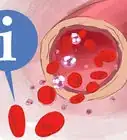




































Medical Disclaimer
The content of this article is not intended to be a substitute for professional medical advice, examination, diagnosis, or treatment. You should always contact your doctor or other qualified healthcare professional before starting, changing, or stopping any kind of health treatment.
Read More...